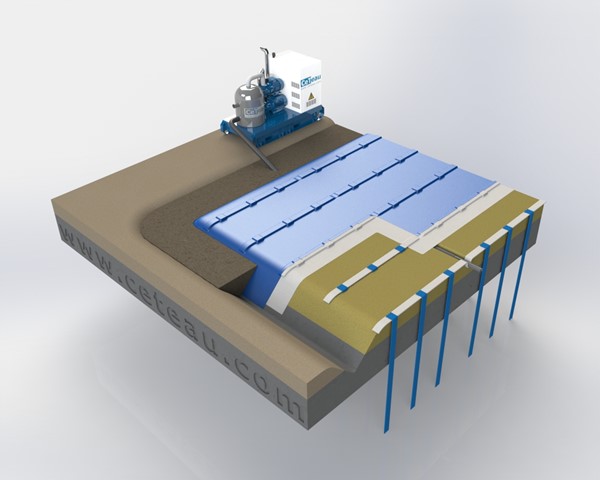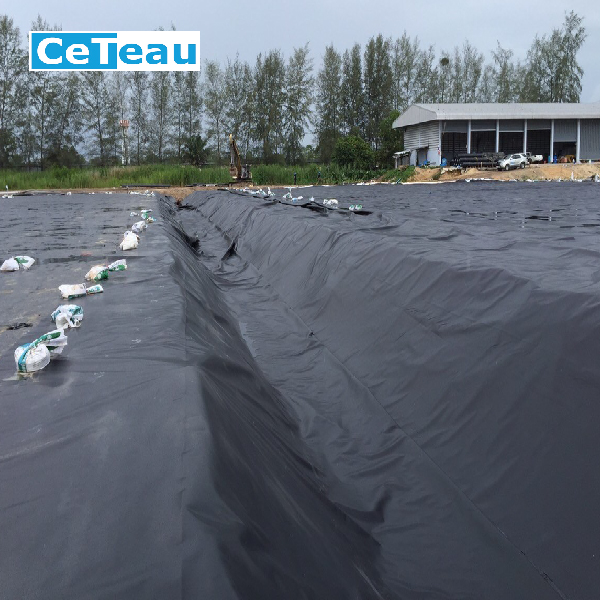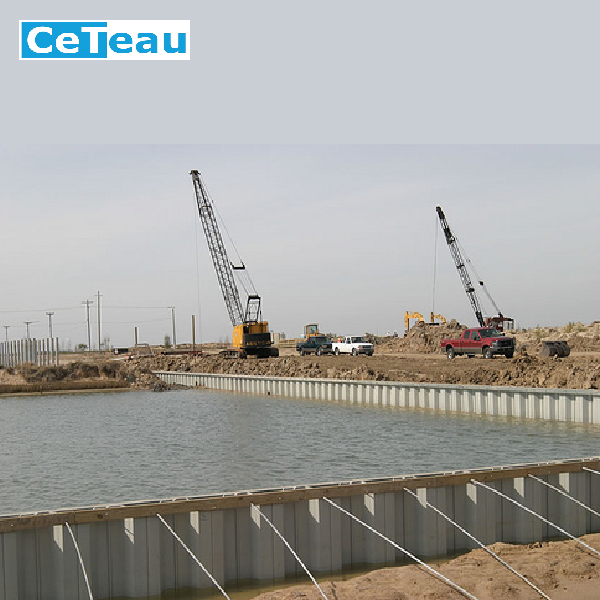Description
APPLICABLE SOILS & DEPTH OF IMPROVEMENT
The Vacuum Consolidation Method (VCM) is applicable for very soft to soft clays or silty clays with water and plasticity content. These types of soils are typically deemed unsuitable for any engineering use and on many occasions are recommended to be removed from site and to be replaced with expensive granular soils. With VCM, the “bad soil” becomes treatable and consequently useful for engineering purposes. The depth is limited by the thickness of the soft deposit and the capacity of the PVD installing machine. VCM projects can have depths of treatment in the range of 10, 15, 20, or 35m and even up to 45m.

Advantages
- Relatively fast, relatively inexpensive compared to surcharging.
- The loading process commences immediately after completion of installation of the pumps and sealing (compared to weeks of waiting with surcharging).
- The performance can be monitored in real time.
Disadvantages
- This method is not so effective if there are sand layers present deep into the soft deposit.
- Shallow sand or permeable layers can be overcome with a slurry wall isolation system.
- This method requires careful monitoring during the installation of the membrane to prevent vacuum leakage.















